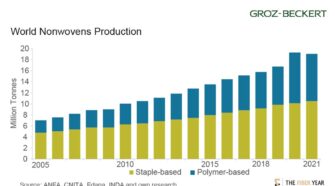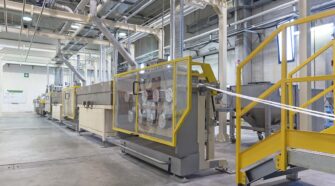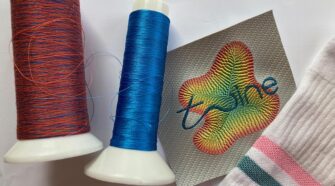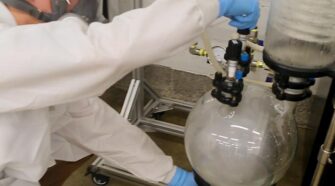Hot Topics
Eco-Couture
Inspires in the Spotlight AVATAR: The Way of Water Continues the Eco-Aware Saga of the Sully Family, While the Film’s Stars Embrace Eco-Conscious Fashion Beyond the Screen and on the …

2022 Dampened by Economic Challenges
The Fabric Year 2022 is a unique service as the result of joining forces between Groz-Beckert and The Fiber Year to combine the upstream spinning industry with fabric making stage …

Producing Circular Ideas
How fiber producers are exploring all options for sustainable gains. Many new innovations for the production of nonwoven fabrics are emerging in the marketplace – the inevitable response to sustainable …

Emerging Common-Sense Sustainability
Sustainability has been a dominant, if not the dominant presence in fiber and yarn developments throughout 2022 and shows no signs of abating in the near future. Manufacturers have, in …

Textile Industry Targeted as a Major Contributor to PFAS Pollution
Technology that captures, concentrates, and destroys PFAS can also help eliminate associated environmental, legal, and regulatory risks of ‘forever chemicals.’ Today’s textiles offer superior performance such as water and oil …

